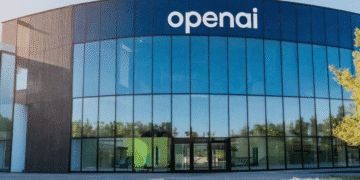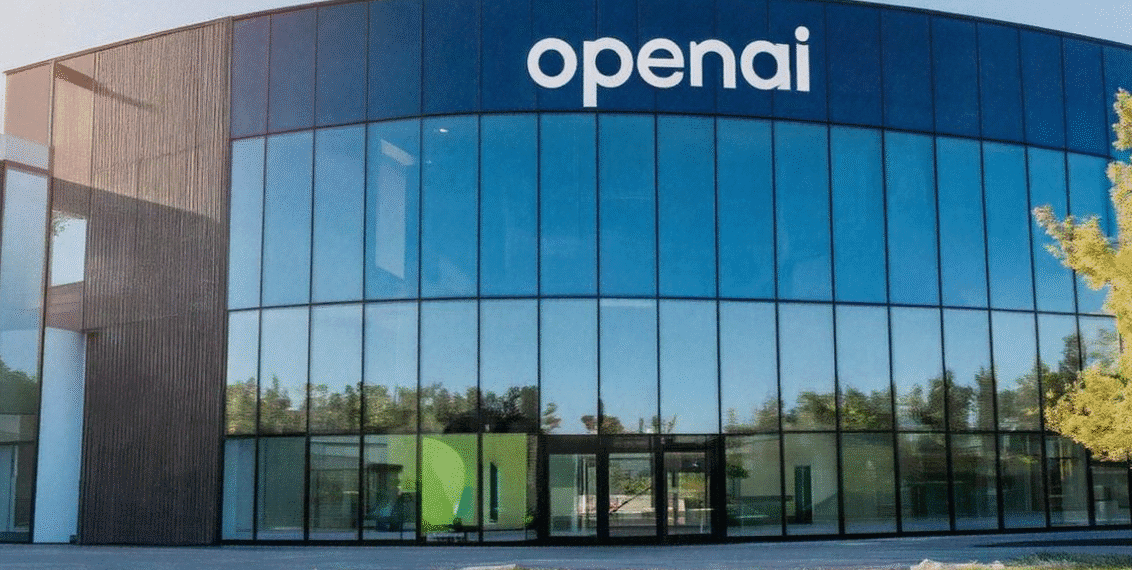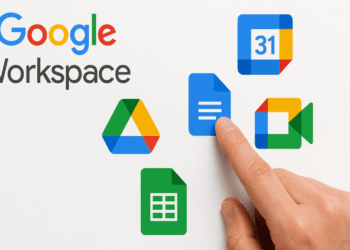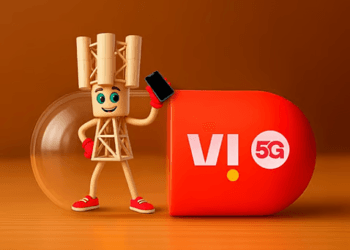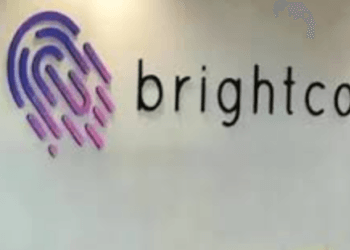Athira Sethu
Kochi, 10 June 2025
The revenue of OpenAI, the company that created the well-known chatbot ChatGPT, has increased rapidly in recent months. OpenAI’s yearly (annualised) revenue run rate was $10 billion as of June 2025. This implies that the business is turning a profit far more quickly than it did previously.
In December 2024, OpenAI’s revenue on an annualized basis was approximately $5.5 billion. So within six months, that figure has almost doubled. This indicates how increasing individuals and companies are adopting ChatGPT and other AI technology created by OpenAI.
OpenAI had previously informed its investors that it would generate $12.7 billion in revenue by 2025. With this recent increase, the company is already moving in the right direction to achieve that goal.
It’s worth noting that this $10 billion figure doesn’t count the money OpenAI receives from licensing agreements with Microsoft or other big one-off deals. Even without that additional revenue, though, OpenAI is performing robustly.
Just a year ago, OpenAI lost approximately $5 billion. But today, with this huge leap in revenue, the company surpasses some of its rivals in the AI sector. Other firms, such as Anthropic, are also expanding rapidly, but today OpenAI is leading the pack when it comes to revenues.
In March 2025, OpenAI said it will raise as much as $40 billion in a new funding round. The round could leave the firm worth $300 billion. The investment will enable OpenAI to expand even further and keep developing stronger AI products.
OpenAI has introduced numerous new services since it debuted ChatGPT more than two years ago. They are subscription plans for standard users and bespoke tools for corporations. By the end of March 2025, OpenAI had approximately 500 million weekly active users.
This robust user base and increasing revenue indicate that AI tools are increasingly being incorporated into day-to-day life for individuals and businesses. OpenAI’s rapid increase in revenue is a clear indication that artificial intelligence is no longer an idea of the future — it’s now a reality.
